The project led to a diverse set of results, implying multidisciplinary collaborations:
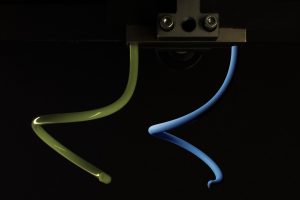 |
A new methodology for validating quantitatively simulators of slender elastic structures and frictional contact. Our work includes validation of theory against experiments, the setting up of new scaling laws for validation, and a thorough benchmarking of popular simulators from graphics and mechanical engineering, against a suite of four selected validation protocols.
Related publications & communications:
|
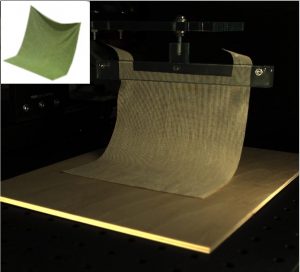 |
A new non-invasive protocol for estimating material properties of cloth and friction during dynamic interaction, including cloth-solid and cloth-cloth interaction. The method relies on a neural network fed only with simulated data, after a careful validation of the simulator.
Related publications & communications:
|
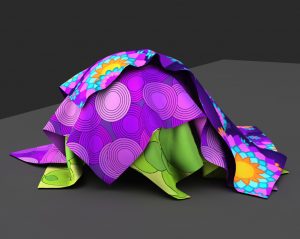
|
Two new accurate and fast frictional contact solvers for cloth:
Related publications & communications:
|
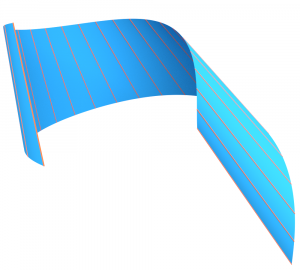 |
A new reduced discrete ribbon model, inspired from the super-clothoid model for thin elastic rods: elements are parameterized by a linear curvature and quadratic torsion. Developability of the mid-surface is accounted for by a constraint. The model has been validated against alternative (finite-differences) ribbon models and experiments.
Related publications & communications:
|
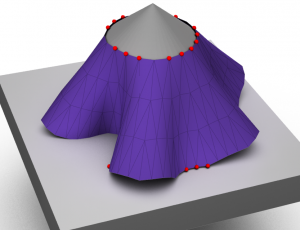 |
A new optimization procedure for recovering the natural shape of cloth deformed by gravity and frictional contact.
Related publications & communications:
|
 |
A theorem of existence and uniqueness for the natural shape of a rod sagged under gravity.
Related publications & communications:
|
,  |
The creation of the first graphics-physics workshop: Graphyz. |
